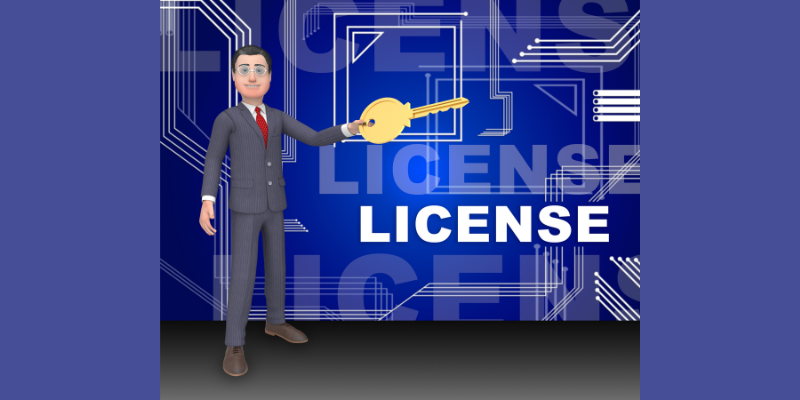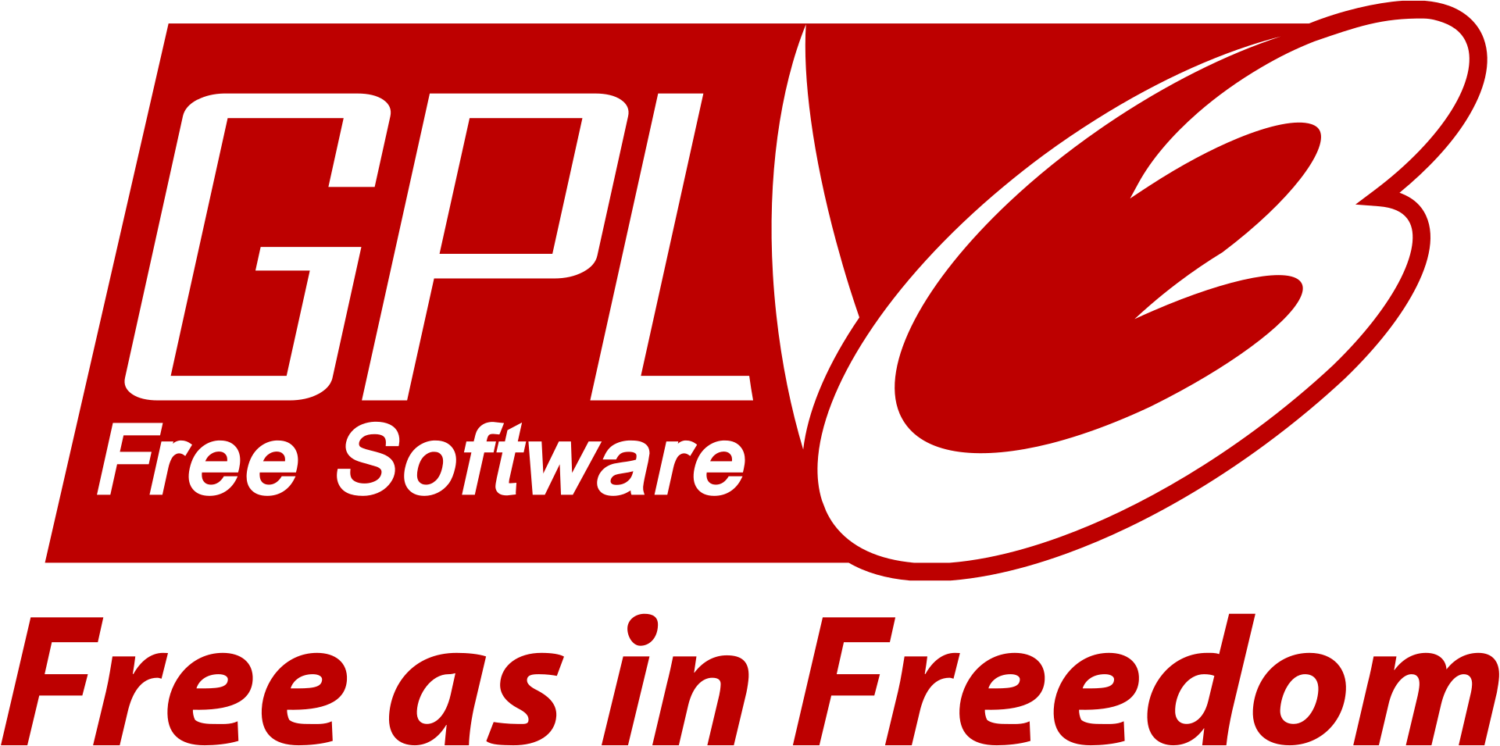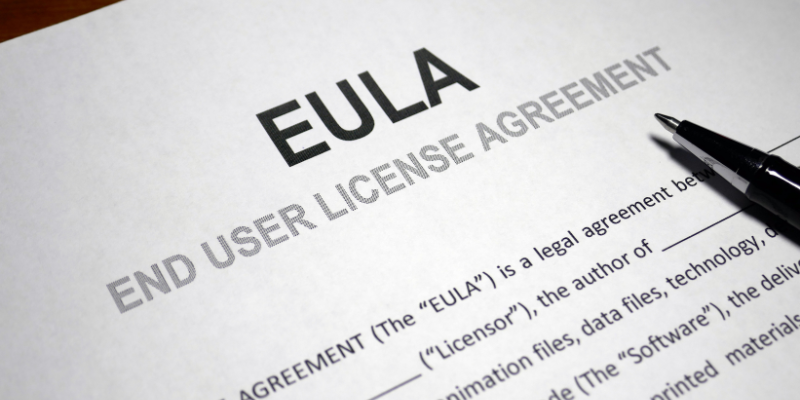Want to monetize your software and turn it into a profitable business? You must choose the appropriate software licensing model for your application today!
Software licensing is a critical factor in the software development industry. There are no shortages of licensing options—these range from permissive open-source licenses to strict commercial licenses and everything in between. Consequently, you may find it overwhelming to choose the right licensing model.
Relax, as I am here to guide you through the puzzle of software licensing and help you make the right decision. In this article, I will explain various types of licenses for your apps, how these things work, and how to pick the best! So, keep reading until the end.
What Is a Software License?

A computer, mobile, or web app license is a legal contract between the developer (the licensor) and the user (the licensee). It specifies the terms and conditions a user must follow to use the software without attracting any legal penalties or suits.
This very document ensures the intellectual property right of the developer or SaaS business over its app. The rights include but are not limited to the following:
- Usage
- Copy protection
- Modification
- Distribution
- Selling or reselling
Unlike land deeds or other financial contracts, the users do not need to sign a software license agreement. In most cases, by installing and using software, you agree to the terms and conditions set by the developers.
So, being a user, you must read the entire T&C document. And being a software developer, you must include this clause to protect your interests.
In large and enterprise-level businesses where the software developer discloses much information to their client, they may enter into a written, notarized, and signed contract that protects both parties.
A computer application license dictates how easily the developer can distribute the software to the public. For example, if you choose the open-source license, then you just upload the software on your website, and everyone can download and use it for free.
If you choose a strict commercial license, then the public needs to purchase a license first. Thus, you limit the distributivity of the app. However, you are increasing your revenue.
Types of Software Licenses
Find below the most popular software license options for any application:
#1. Permissive License
A permissive software license is a variation of the open-source software license model. It allows end users to freely use, develop on the source code, and distribute the app with few restrictions. Such licenses place minimal requirements on the users for the use and distribution of the software. Often users can integrate the software source code into another proprietary program.
A few examples of permissive licenses include the BSD License, the MIT License, and the Apache License. These licenses normally ask the users to include a copy of the license and its copyright notice when re-distributing the software. But the licenses do not impose restrictions on how to use, modify, or distribute the software or its derivatives.
#2. Copyleft License

Copyleft is also an open-source license. However, it requires you to release your software and source code under the same license through which you procured the open-source code. Thus, anyone can modify and re-distribute an app with modifications allowing others to build upon the original app. Consequently, all derivatives from the initial software also become open source.
A popular copyleft license is the GNU General Public License (GPL). Many open-source projects, including the Linux operating system, use the GPL licensing model. Other examples of copyleft licenses include the Mozilla Public License (MPL) and the Lesser General Public License (LGPL).
#3. Commercial License
If software comes with a commercial license, the user can only use the software interface by paying a fee for the license copy. There is no access to the source code of the application. Thus, there is less chance for community-based development of the software.
Commercial licenses protect the developers’ interests in their app assets. The developers craft the license key or code so that users can not install and activate the tool on more than one computer if the key is for one user.
#4. Dual License
A dual software license allows you to distribute different versions of the same app in different licenses, like open-source and commercial. An example of this license is the MySQL database management system.
MySQL is available under the open-source license GPL. It allows for free use and distribution. Also, you can get a commercial license if you want to use the software in a proprietary product. Moreover, if you do not agree with the GPL terms, you can get a commercial license.
#5. Public Domain License
A public domain license means no copyright rules on the software source code. It is also known as CC0 content. You develop and release the software in the public domain along with the source code. Also, you do not impose any rules for copying, modifying, and re-distributing the software.
It advocates free internet projects. But there is a risk of malware infection to the end users’ computers because no one audits the source code or its derivatives. Hackers can attach malicious codes to such software.
#6. Unlicensed License
It is a public domain license where the author or developer waives off their prior copyright on the application. Now, anyone can copy, build upon, publish, compile, use, distribute, and resell the software on their own terms.
Thus, another developer can build on your work, license their derivative program as a commercial app, and earn revenue. While you may not get any benefit out of it.
How Does Software Licensing Work?
The functional use of software licensing varies with the target party. Find below the working process for two different parties, namely the end user and the developer:
End User Perspective

A new individual or business user of software mainly accepts the end-user license agreement (EULA). It explains how the end user can use, copy, distribute, or modify the software code if they have access to it.
If the software is under a SaaS model, then there could be additional agreements between the developer and user apart from the EULA. These are as follows:
- A monthly fee
- Agreement duration
- Cancellation or refund policies
- Agreement cancellation charges
For most freeware and open-source licenses, the end users may not closely follow the EULA rules. However, for strict commercial licenses, you must encourage your clients to read the EULA carefully.
Else, they might fail to comply with the Digital Millennium Copyright Act (DMCA), intellectual property rights (IPR), and other acts that protect the interests of developers on their applications.
Software Developer Perspective
#1. Distribution
As a developer, you will decide on the software license. Then, following the licensing rules, you can appoint resellers to distribute the application for commercial apps or do this on your own. For open-source apps, you can simply give a download link on your website.
#2. License Agreement

You must include various clauses like a ban on reverse engineering, code modification rules, copying rules, and more to protect your interest in the app. You should also consider imposing a restriction on users or the number of installations so that you can sell more copies to one business.
#3. Recovery of the Cost of the License
When the software is a computer or mobile application that can be installed once and used for a lifetime, you usually charge an upfront fee. However, if it is a web app or SaaS app, you can charge the users monthly. There, you can also add additional monetization points like extra users, add-ons, faster access, 24-hour service level agreement (SLA), and more.
For open-source or freeware apps, mostly, there are no payments. There could be donations to support the developer’s venture.
#4. Enforcement
The software developer or reseller may enforce the T&Cs of the software license agreement in various ways. These are monitoring app usage, conducting sudden audits, or pursuing legal action against those who violate the T&Cs.
#5. Updates and After-Sales Support

As a vendor or developer, you should clearly mention whether there will be any after-sales support. Most software developers offer the following:
- Regular software updates for a lifetime or a limited period
- Security patches
- Ad-hock patches for any security loopholes
- Technical support for application usage
How to Choose a Licensing Model
Here are some important factors to consider when you choose a software licensing method:
#1. Business Objectives

Your chosen licensing type must align with the business goals and revenue models. If you want to maximize revenue or increase market share, then choose a commercial licensing policy.
However, the open-source license is good when you want to promote open collaboration. Again, you can increase collaboration while retaining tight control over your software like GNU All-permissive License.
#2. Target Audience

Your target audience will greatly dictate the software licensing model. For example, if your visitors and users are individuals who buy limited apps in their lifetime, then you must choose the freeware license.
To earn revenue from your audience, you can add in-app purchases, add-ons, etc., that the users will easily buy when they feel the application is indispensable for their professional or personal life.
Alternatively, if you mainly deal with businesses, you can go for a free trial license and then paid licensing should kick in.
#3. Features and Functionality
The functionalities and features of your application will also influence the software licensing method. For example, a commercial licensing model is more appropriate if the application includes proprietary features or advanced services since license sales are your earning mode.
On the other hand, if your software uses publicly available code for certain functionality, you may not be able to get a commercial license. You need to release the software under an open-source GNU license but limit the modification and redistribution by stating the rules in EULA.
#4. Legal Side of Software Licensing
There are always legal considerations that heavily impact the application licensing model. These are intellectual property rights for the business value of the app and software code or content copyright.
You must consult with legal experts who deal with such things to ensure that your licensing model is legally appropriate and include all the necessary clauses to protect your business interests.
#5. Market Competition

You also need to follow the current market trend on software licensing for niche applications. For example, most video editing or graphics editing web apps, mobile apps, and desktop apps come with a freeware license. Users can install and use the software for free but do not have access to advanced or popular features until they get a premium subscription.
Now, if you choose a strict commercial license, then you may not get the success you are looking for. Thus, you must also consider what your competitors are doing regarding software licensing.
#6. Use Cases
For different use cases, you must choose different software licensing methods. Here are some ideas you can check out:
- To increase the audience reach of your software, create a version that provides the basic services. Then, release this software under GNU General Public License or GPL. More people will download the app; if it is worthy, your brand will get free marketing.
- If you want to collaborate with freelance software developers, you can release a basic version of your software under the open-source license. This will allow talented freelance developers worldwide to import your software source code from GitHub and build new functionalities or services on the existing code.
- However, if you develop business-centric apps that organizations always use to operate their venture, you can go for a strict commercial license. You may also limit the number of times a license can be applied to activate the app.
Wrapping Up
As a software developer or SaaS business owner, now you know about several software licensing types and how the licensing system works. Also, you have discovered how to pick the best licensing model based on the application, its intended audience, use case, and business revenue model. So pick one that suits your needs. Actively grow your software audience, which ultimately increases your profit margins.
You might also like the best open-source software for Windows.

